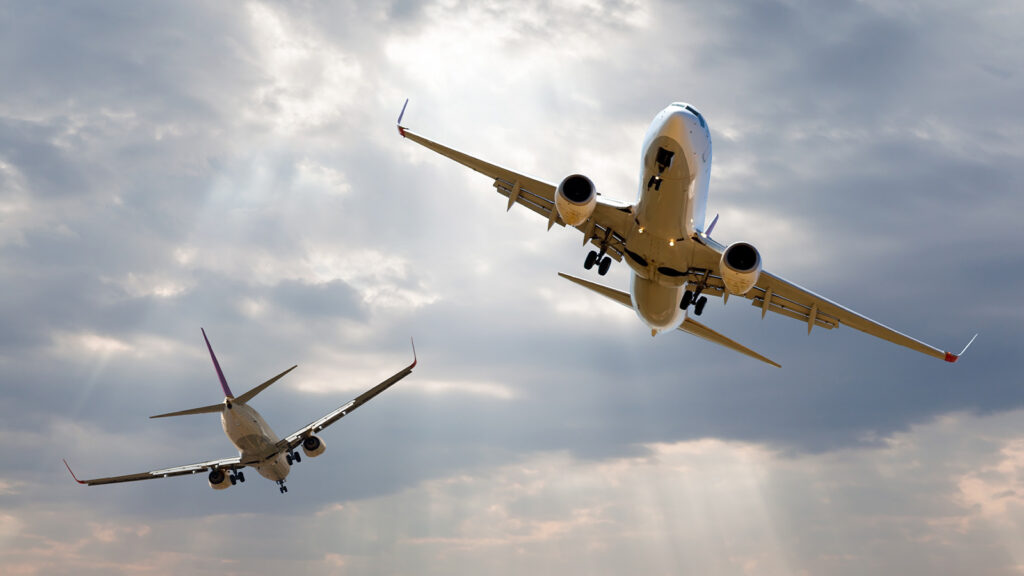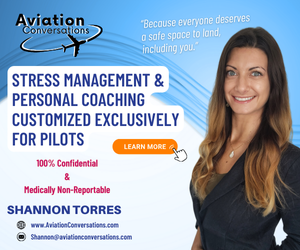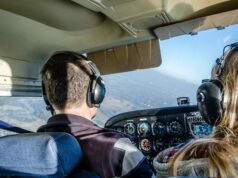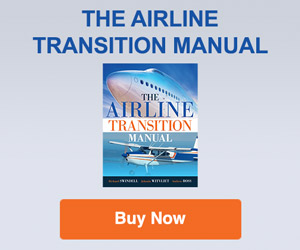
Midair collisions can occur at any point of the day in VFR conditions. Statistically, the majority happen within five miles of an airport where the greatest concentration of traffic occurs. No pilot is immune to a collision, as it can happen to pilots from all experience levels.
Given most VFR traffic is processed by the human eye, certain limitations must be taken into account. Elements such as dust, fatigue, windshield distortion, oxygen, acceleration, glare, heat, lighting, and aircraft design all affect vision. While some may be avoidable, pilots must adhere to effective scanning techniques.
Each pilot can develop a scan that works. First, know where to concentrate your search. Focus on the areas most critical to you at any given time. In the traffic pattern especially, clear before every turn, and always watch for any potential traffic making an improper entry into the pattern. On descent and climb out, make gentle S-turns to see if anyone is in your way. During straight and level flight, you can generally avoid the threat of an in-flight collision by scanning an area 60 degrees to the left and to the right of your center visual area. Be aware that the slower your airspeed, the greater your vulnerability because the slower you fly, the area necessary to scan increases.
Aside from developing a scanning technique, make sure to be proactive in eliminating unnecessary distractions. Have charts folded in proper sequence and within handy reach. Keep your cockpit free of clutter. The goal is to reduce heads-down time. Check in advance for restricted areas and other high-density spots for student training. During the external aircraft inspection, make sure the windshield is clean and free of debris. Likewise, ensure to follow Standard Operating Procedures and adhere to the regulations of flight, such as correct altitudes and proper pattern practices.
Listen, listen, listen! Use your radio, when approaching an airport. Find out what the local traffic situation is. At an airport with radar service, call the approach control frequency and let them know where you are and what you are going to do. At non-towered fields, listen to the common traffic advisory frequency (CTAF) to develop a mental picture of the traffic around you.
Following the previous guidelines are meant to provide a deeper understanding of the tools and techniques to avoid a mid-air collision. As always, use see-and-avoid practices, follow regulatory guidelines, and adhere to standard operating procedures. Fly safe!



















































